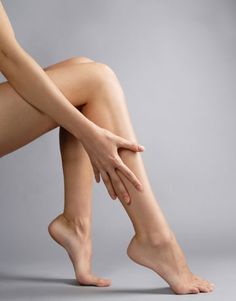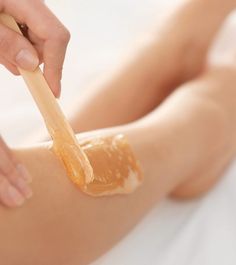Waxing
Waxing, a popular method of hair removal, has been practiced for centuries in various cultures worldwide. Its effectiveness, longevity, and smooth results have made it a preferred choice for many individuals seeking hair removal solutions. In this comprehensive guide, we’ll delve into the world of waxing, exploring its techniques, benefits, tips for a successful experience, and addressing common concerns.

1. Understanding Waxing:
Waxing involves the application of a sticky substance (wax) to the skin, followed by the removal of unwanted hair from the root. The wax adheres to the hair, allowing it to be pulled out from the follicle when the wax is removed. This results in smoother skin compared to methods like shaving, which only remove hair from the surface.
2. Types of Wax:
a. Soft Wax: Soft wax, also known as strip wax, is applied thinly to the skin and removed using cloth or paper strips. It’s commonly used for larger areas of the body such as legs, arms, and back.
b. Hard Wax: Hard wax, also known as stripless wax, is applied in a thicker layer and allowed to cool and harden before being removed without the need for strips. It’s typically used on more sensitive areas like the face, bikini line, and underarms.
3. Benefits of Waxing:
a. Longer Lasting Results: Waxing removes hair from the root, resulting in smoother skin that lasts longer than shaving. Depending on individual hair growth cycles, results can last anywhere from two to six weeks.

b. Softer Regrowth: With regular waxing, hair tends to grow back finer and softer over time. This can lead to a reduction in the overall thickness and density of hair in the treated area.
c. Exfoliation: Waxing not only removes hair but also exfoliates the skin, removing dead skin cells and leaving the skin feeling smoother and more radiant.
d. Precision: Waxing allows for precise hair removal, making it ideal for shaping eyebrows or achieving clean lines in areas like the bikini line.
4. Preparing for a Waxing Session:
a. Hair Length: Ensure that your hair is at least a quarter-inch long before waxing. This allows the wax to grip the hair effectively for optimal results.
b. Exfoliation: Exfoliate the skin a day or two before your waxing appointment to remove dead skin cells and prevent ingrown hairs.
c. Avoid Sun Exposure: Avoid tanning or prolonged sun exposure before waxing, as this can make the skin more sensitive and prone to irritation.
d. Hygiene: Ensure that the skin is clean and free of oils or lotions before waxing to allow the wax to adhere properly to the hair.

5. Tips for a Successful Waxing Experience:
a. Choose a Professional: While at-home waxing kits are available, it’s recommended to visit a professional esthetician or salon for your waxing needs, especially for sensitive areas like the face or bikini line.
b. Communicate: Communicate any concerns or preferences to your esthetician before your waxing session. They can adjust the temperature of the wax or tailor the technique to suit your needs.
c. Take Pain Relief: If you’re concerned about discomfort during waxing, consider taking an over-the-counter pain reliever like ibuprofen before your appointment.
d. Post-Wax Care: After waxing, avoid hot showers, sun exposure, and tight clothing to prevent irritation. Apply a soothing lotion or aloe vera gel to calm the skin and minimize redness.
6. Addressing Common Concerns:
a. Pain: While waxing can be uncomfortable, the sensation typically lessens with each subsequent session as hair grows back finer. Additionally, choosing an experienced esthetician and taking pain relievers before your appointment can help mitigate discomfort.
b. Ingrown Hairs: To prevent ingrown hairs, exfoliate regularly and avoid tight clothing that can trap hair follicles. If ingrown hairs do occur, gently exfoliate the affected area and apply a topical treatment containing salicylic acid or tea tree oil.
c. Skin Sensitivity: If you have sensitive skin, opt for a hypoallergenic wax or discuss your concerns with your esthetician before your waxing session. They can perform a patch test to ensure compatibility with your skin.
d. Allergic Reactions: If you have a history of allergic reactions to wax or other skincare products, it’s essential to inform your esthetician beforehand. They can perform a patch test or recommend alternative hair removal methods to avoid potential reactions.
Conclusion:

Waxing is a versatile and effective method of hair removal that offers long-lasting results and smoother skin. By understanding the different types of wax, preparing properly for your waxing session, and following post-wax care guidelines, you can achieve a successful waxing experience with minimal discomfort or complications. Whether you’re a waxing novice or a seasoned pro, incorporating waxing into your skincare routine can help you achieve smooth, hair-free skin and boost your confidence.

